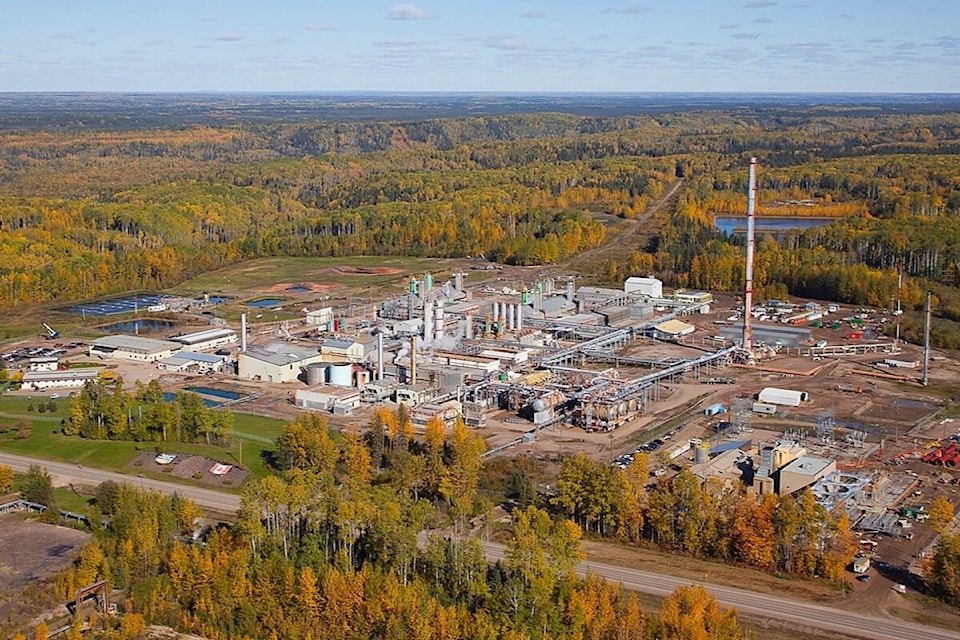The B.C. government is phasing out industry credits for oil and gas drilling over two years and raising its minimum royalty rate, expecting to collect more revenue from the Crown-owned resource and improve environmental cleanup of well sites and land disturbances in the gas-rich northeast of the province.
The new system eliminates the deep-well credit, which Energy Minister Bruce Ralston describes as B.C.’s oil and gas subsidy, as well as marginal well, low-productivity and other credits developed in 2003 and earlier. Horizontal drilling and deep shale extraction technology have developed over the years, and gas and petroleum liquid prices have increased significantly as B.C. prepares for liquefied natural gas exports to Asia.
“This new system is long overdue and will replace an outdated system that was in place for nearly three decades,” Ralston said May 19 as he and Premier John Horgan announced the new royalty program.
The province expects to increase oil and gas royalties by about $200 million, with the minimum royalty increased from three to five per cent for new wells, to be phased in starting in September. Existing well credits are to expire in four years, with gas and oil producers offered the option of transferring unused credits to a “land healing and emissions reduction pool.”
The new royalty system is based on actual revenues from refined products at processing plants, minus actual costs of production, rather than volume. Liquids such as butane are produced along with natural gas, which is largely methane.
“Producers will now pay a 5% royalty rate during capital recovery, and that’s the time at which companies drill and complete a well, a significant increase from the 3% minimum rate under the current system,” Ralston said. “Once revenue earned exceeds the upfront capital investment – in other words, the cost of drilling and completing a well – the producers will pay a rate that ranges from 5% to 40%, depending on product and price.”
RELATED:
RELATED:
Northeast B.C. is crisscrossed with seismic lines, roads and well sites built to explore and develop oil and gas as well as logging. The impacts of that over four decades were the basis of a B.C. Supreme Court decision in July 2021 that industrial development violated the treaty rights of the Blueberry River First Nations near Fort St. John.
The land healing and emissions reduction fund is voluntary, giving companies a way to mitigate the impact on land and reduce greenhouse gas emissions, which are key strategies for attracting continued investment in B.C.’s resources. B.C.’s new system is similar to Alberta’s, but being phased in more quickly.
A completed last year by University of Calgary economist Jennifer Winter and Simon Fraser University’s Nancy Olewiler described a 1992 system with layers of incentives put in place over the years, with Crown-owned gas being sold for diminishing returns in a system disconnected from the actual value of the product.
tfletcher@blackpress.ca
Like us on and follow us on .


